A Load of Clobber
Thanks to funding from The Blackheath Assembly and Care UK Wellbeing Foundation, Age Exchange were able to create a piece of theatre based on stories of Blackheath. It was performed at The Bakehouse Theatre in Blackheath in December 2016.
We ran an Open Day of memories and this enabled a wide range of people who would not want to participate in the actual theatre production to be included in the project and valued for the stories they shared.
There were members of the community who contributed memories and stories of Blackheath ranging from the circus elephants housed at the railway station to long gone shops and shopkeepers to memories of well-known local actress Margaret Tyzack.
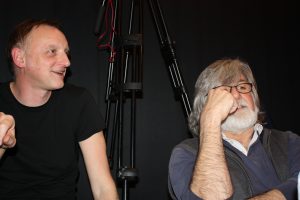
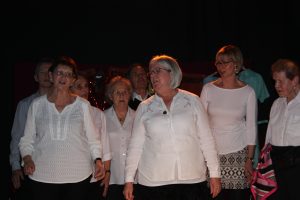
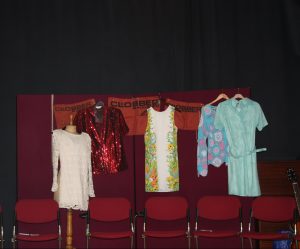
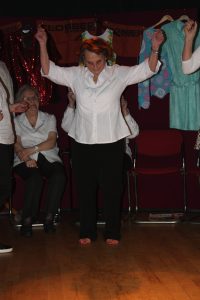
Unexpectedly a couple called Tony and Maureen Harley called into the centre. They had started a famous boutique called Clobber on the site of No11 Blackheath Village where Age Exchange is now situated. Tony and Maureen were happy to be interviewed for the project and their story became the basis of the play. They had started Clobber as a fashion boutique in 1964 and Jeff Banks joined them to work as a designer. New designers such as Zandra Rhodes, Mary Quant and Oz Clarke were changing the face of fashion in England and Carnaby Street was the most popular street in London for young people. Clobber was an immediate hit as youth fashion and the miniskirt were big news. The opening in Blackheath attracted celebrities such as Terence Stamp and Jean Shrimpton, Twiggy and some of the Beatles. 10,000 people turned up and the Police needed to close the middle of the village to control the crowds. Tony and Maureen’s story was fascinating as it was not only the story of one shop but it reflected many of the big social changes that took place in the 1960s.
Once we mentioned Clobber – many local residents were keen to share stories of clothes bought there and the celebrity spotting that took place. Some people loaned us bags and clothes bought at Clobber. So it extended the benefits of participation unexpectedly. The cast then created scenes based around their own memories of fashion and clothing as well as including much of the Harley’s story.
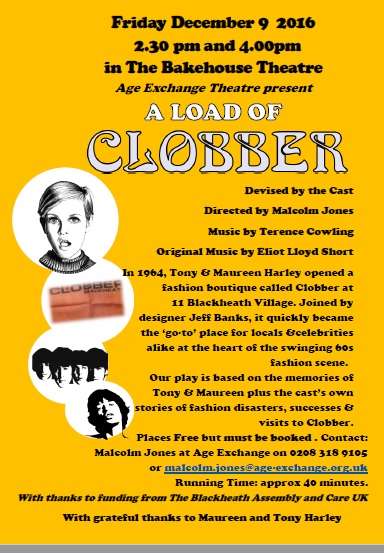
The final performance provided a fascinating insight into how people grew up in the late 1950s and 1960s and how fashion played a huge part in young people’s lives.
With special thanks to Tony and Maureen Harley.




